Is opening an RV park on your radar?
RVing is more popular than ever, and the demand for campgrounds is bringing more potential owners to the table.
But, how many acres are needed for an RV park, and what other factors come into play for people considering opening a campground?
To give you better insight, down below, I detail the acreage you’ll need for an RV park, average start-up costs, and what amenities RVers expect that will make your campground a success.
Is opening an RV park worth it? Let’s find out!
Different Types of RV Parks
The first step to knowing how much acreage is necessary to house an RV park is to consider which type of campground you want to establish.
The three main types of RV parks are:
- Overnight
- Basic campground
- Destination Campground or RV resort
Overnight RV Park
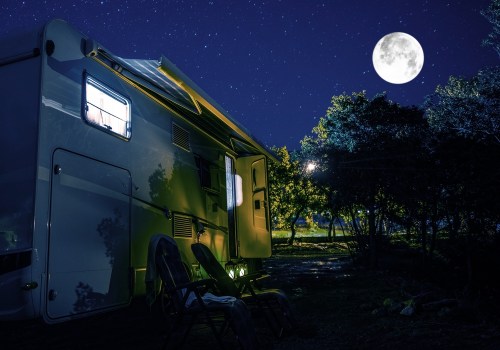
Overnighter RV parks are common along main highways and well-traveled roads and cater to weary drivers looking for a safe location to park their camper and get some sleep.
The main focus of these parks is to allow guests to connect to power and refresh their camper by filling up on fresh water and emptying sewer tanks. While guests can stay for longer than a night or two, the main clientele is on their way to a different destination.
Campsites at these types of RV parks are generally small and close together. Amenities will include a restroom and shower house and possibly a tiny laundry center, but rarely will it have a swimming pool or recreational area.
If the location is right, this type of park can be very profitable. Even with a small parcel of land, more rentable campsites can fit, and without extra amenities, maintenance overhead cost is lower.
Basic Campground
A basic campground will provide more spacious campsites and amenities and cater to overnight and week or longer-term guests.
Most basic campgrounds have an office with a camp store, a recreational pavilion, and two or more bathhouses to handle more guests. Typically, the RV park will have a laundry facility but not have a pool unless in a hot region.
About five acres of land will be necessary to fit the amenities and have enough campsites for owners to make a profit at this type of RV park.
Destination Campground / RV Resort
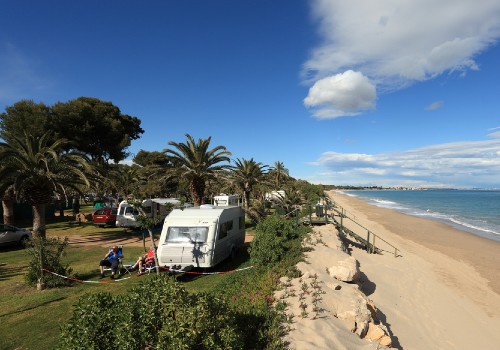
RV resorts will require the most amount of land, often 5-20 acres or even more, and are the most expensive to build.
RV parks that only allow Class A motorhomes usually have campsites that are closer together. Still, each will have a small casita and lush landscaping to buffer the space between each site for more privacy, adding to installation costs.
Some RV resorts are massive, with 500-1,000 campsites complete with space for fire pits, patios, and ample parking.
Not only will RV resorts provide a pool or two, but many also include:
- Dog park
- Water park or splash pad
- Pavilion for bike or boat rentals
- Pickleball or shuffleboard courts
- Laundry
- Game room
- Camp store
- Shower houses
- Restrooms
- Community room
- Playground
Most RV resorts also offer cabins for rent to attract customers who don’t own an RV, and several will have an area set aside for tent campers.
RV resorts are a destination campground for family vacations. Guests will expect paved parking pads, free Wi-Fi service, and full hookups with cable TV at each campsite, along with plenty of activities and entertainment for all age groups.
Watch this interesting video to see the differences between an older RV park that offers many camping options versus a basic park with close together campsites and a much newer RV resort with lush foliage and classy amenities. I’ve stayed at all of the parks highlighted, and each has pros that bring guests back regularly.
How Many Acres You Need For an RV Park
Here is a quick breakdown of how many acres and campsites the average RV park offers:
| 5-6 acres | 45 campsites |
| 10 acres | 80-100 campsites |
| 20 acres | 180 campsites |
RV parks with more campsites need to set aside acreage for access roads and buildings for activities, office, camp store, laundry, bathrooms, and open areas for a swimming pool, pond, courts for sports, or grassy field for kids and pets to play.
The overall average amount of RV campsites you can place on an acre of land is 8-12 to provide enough revenue for the campground to be profitable.
The amount of recreational vehicles you can fit depends on the parking pad’s size and whether or not the campsite is a pull-through or a back-in design.
With the size of modern RVs getting more extensive, many new RV parks create most of their campsites as pull-throughs that accommodate rigs up to 50-feet in length so they can cater to all possible customers. Such sites gobble up acreage quickly.
Many laws, such as these zoning laws for RV parks in Canon City, Colorado, require a minimum amount of three acres of land, along with following a myriad of other specific rules on campsite, amenities, and infrastructure layout.
KOA has a 10-acre minimum for their franchise RV parks and there must be 70-90 campsites. Keep reading the fine print, and you’ll see that the initial investment for this franchise, excluding the cost of the land, is $1,800,000 – $2,250,000!
On the opposite spectrum are laws, such as those in Nye County, Nevada, that restrict RV park campsite size. The rules state urban campgrounds cannot have more than 12 RVs per acre, and rural parks cannot exceed five campsites per acre if they do not offer full-service hookups.
What Is the Average Size of an RV Campsite?
The average campsite for RVs is 55 feet deep and 20 feet wide.
This space includes a 9-foot wide by 20-foot deep parking pad, a side area for the utility connections, a patio or grassy barrier between the parking pad and the neighboring campsite, and space to park a car or tow vehicle.
A more realistic size for building modern campsites is to increase the width to 30 feet minimum.
Newer recreational vehicles and travel trailers are often six inches wider than in the past and have slides on both camper sides that extend up to 3-feet.
The new designs require much more space to comfortably fit on the campsite, open the awning, and not encroach on your neighbor.
You can use this updated 1650-square-foot figure to calculate the minimum amount of land you’ll need just for parking recreational vehicles. Still, the sizes of campsites can vary widely due to terrain or local zoning laws.
You’ll need to adjust this number if you want to give RVers more privacy or space, which is something every RVer appreciates if it’s a destination campground.
You can also arrange the park to fit various size campers to take advantage of odd-shaped land sections to bring in more revenue.
For example, instead of leaving that land with little depth between the access road and the property line alone, you could create campsites to fit small travel trailers like teardrops or pop-ups. You could also have those spots double as tent sites to increase rental potential.
What Does It Cost to Build an RV Campsite?
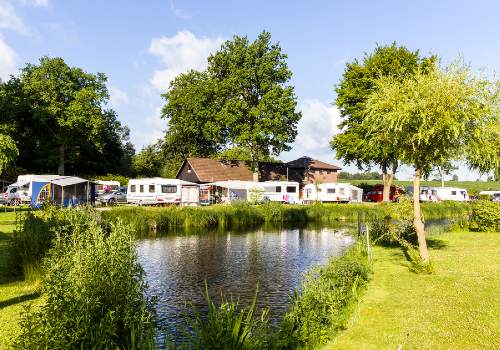
To build an RV park campsite from scratch averages anywhere from $10,000 to $50,000 per site.
Getting permits and meeting building codes can range in cost from very reasonable to outlandish depending on local regulations.
Installing infrastructure for water, sewer, electricity, cable, and the internet is the first huge expense, followed by laying in concrete parking pads and patios.
The last expense for a campsite will be landscaping like grass, stone, fire rings, and shrubbery to create a sense of privacy.
The cost to restore an older RV park campsite with functioning utilities can be free to $1000 or more depending on if the site needs the addition of concrete pads or fresh gravel and landscaping.
Older RV parks that want to meet current trends need to increase each campsite’s size, which often entails removing and resetting parking pads and utility configurations, which averages around $8,000 each.
Is Owning an RV Park a Good Investment?
The regular RV park owner earns an average of $50,000-$90,000 yearly once things settle in and the campground is run efficiently.
There are plenty of RV parks that make much more than this figure, especially those in highly touristy areas that are kept safe and clean and have friendly staff.
I workamped at a busy 10-acre privately-owned campground with 80 tightly packed campsites and 25 cabins that consistently made a yearly profit of $500,000 after paying for staff and upkeep.
Want to Connect With a Community of Over 1,078 RV Enthusiasts?
In fact, this campground makes more money on renting the cabins over RV sites and plans to add more.
With RV park return on investment at 10%-20%, getting into the industry is a solid choice.
For people who currently own land in a popular destination that is feasible to develop into an RV campground, the return rate can be much higher.
Is an RV Park With More Campsites or More Open Space Better?
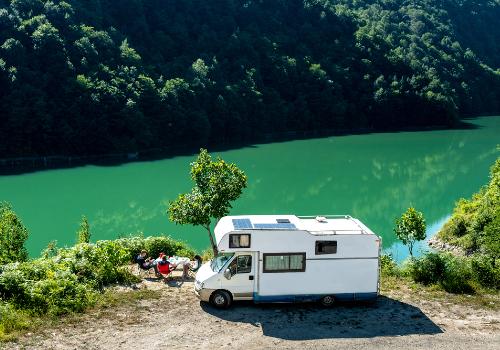
When considering how many acres are needed for an RV park, you must keep your customers in mind.
If campground guests stay a week or less and are spending most of their day outside the park visiting local attractions, tighter campsites and few amenities will not bother most RVers if they have full hookups and the nightly rate is reasonable.
As a full-time RVer, I can say that the things that bring me back to certain campgrounds (and drive me to leave positive reviews) are:
- Spacious or private campsite
- Feeling of safety
- Cleanliness and roominess of facilities
I’ll always pay a few extra bucks per night if I know these things are on the menu.
Extra RV Campsite Spacing
It’s hard to relax outside your camper when you and your neighbor make eye contact through their slide window as they sit at their table eating dinner. It’s also fairly gross to have the next RV’s sewer hose running along your patio area.
RVers would rather have a barrier between their camper and the next with a full fence, a wide swath of grass, or a wall of foliage any day over a pool. A clean and well-kept bathroom or shower facility is way more important than a shuffleboard court.
For long-term stays, my group of RV friends all agree the most important additional features a campground should offer are a swimming pool, an area for dogs to romp, a camp store for food, RV and toiletry items, and onsite 24/7 staff for emergencies.
Keep these features in mind when planning how many campsites per acre of land is best to install.
RV Park Safety Features
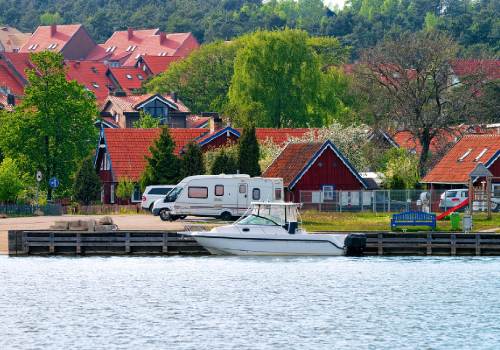
Being afraid to sleep at night for fear outsiders will ransack your tow vehicle or break into your RV while you’re out for the day is another huge aspect of camping.
Setting aside acreage to install fencing around the park and putting in gates at the entry and exit is worth giving up a few campsites in the long run, as you’ll get more repeat and word-of-mouth customers because they feel safe.
RV Park Bath House and Other Facility Size
Recreational vehicle bathrooms are tight, so getting out to shower or use the bathroom at an RV park is much more enjoyable when the bathroom stalls are roomy and shower rooms have plenty of space to change clothes.
Most campers use the sinks in the morning for brushing teeth and fixing hair, so plenty of counter space between sinks is a nice touch.
Laundry rooms require large tables for sorting and folding clothes, not just several machines stuck inside a small space.
No one wants to sit at the pool and have their lounger crammed up against other guests.
All RV parks need to provide ample space to guests, even if it takes up extra land where a rentable campsite could go.
Final Thoughts
How many acres are necessary for an RV park depends on what type of RVers you wish to attract and how many campsites local laws allow for installation.
A campground with ten campsites can be just as worthy of investment as one with 500 if you make guests feel welcome and safe. If plenty of land is available, there’s the option to develop a small portion and leave room to expand with more campsites and amenities later.
With the surge in RV buyers and demand for places to take them on vacation, well-run RV parks are a fantastic investment. An excellent RV campground brings profit for the owners and lasting memories for the guests!
How Much Do Campgrounds Cost for RV Living? (Video)
"Man cannot discover new oceans unless he has the courage to lose sight of the shore."
-- Andre Gide

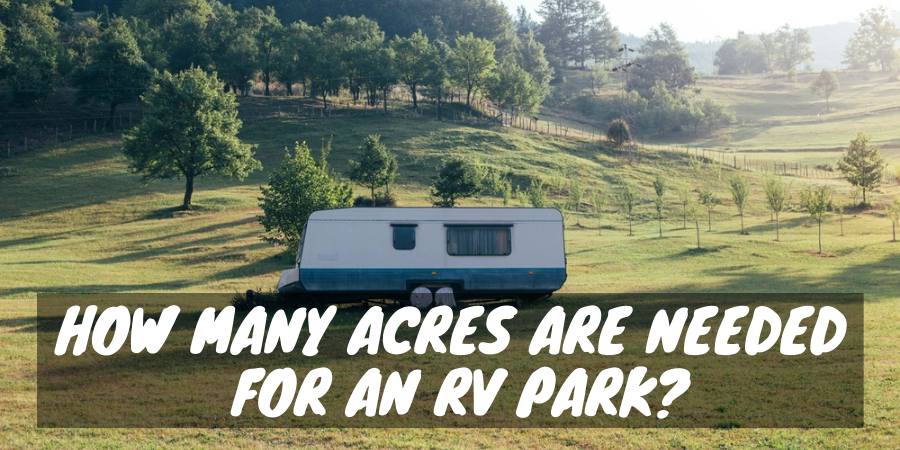
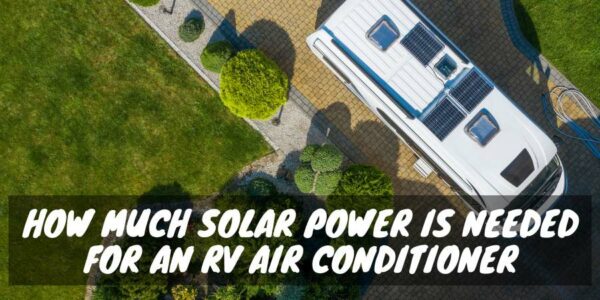
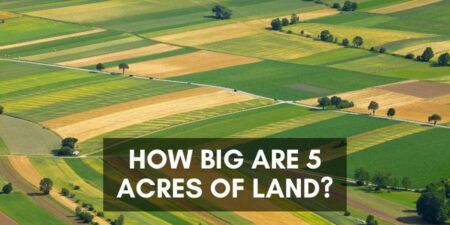
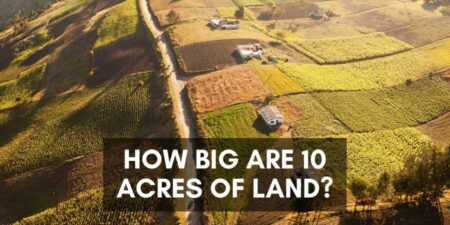
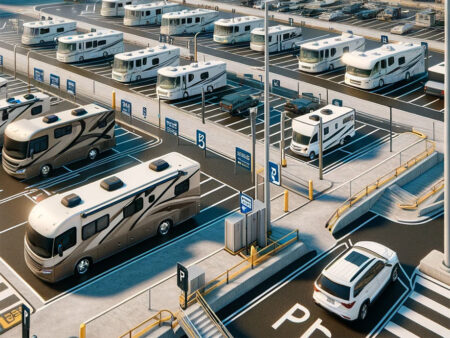
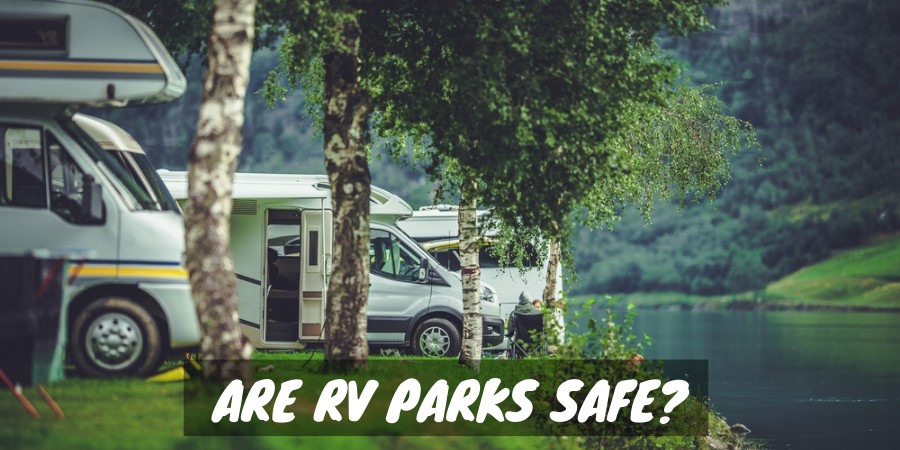
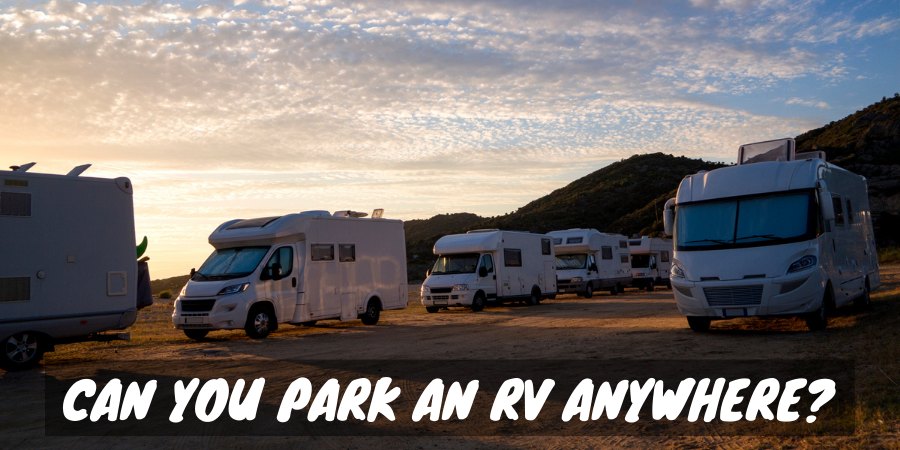




This article was perfect for what I was looking for. Thank you, thank you!
This was great to read and I really appreciate you putting it together. My wife and I are looking into creating a RV/cabin hot spot that attracts people from all over in an area that is a destination spot. Thank you. Your write up was spot on.
How many campers for pull thru in a acre of land.
I’m in the process of purchasing various size pieces of land for the purpose of RV parks are you interested in helping to design them/the layout
your article is fantastic. this really describes everything, things i didn’t even think of. thank you so much!
Hi great info. thank you for sharing. It’s refreshing when passion meets sharing.
I’m looking for an engineering group to help with the design/permit/build for a small RV park in So. Idaho.. any suggestions?
Thank you
Tammara